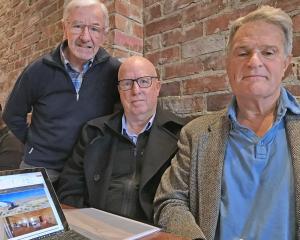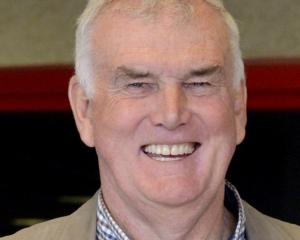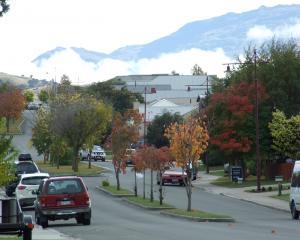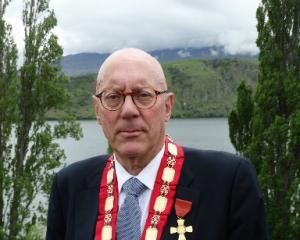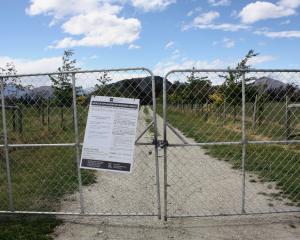Mr Bossley, who designed Te Papa national museum in Wellington, was giving evidence for the developers of the controversial Damper Bay development in a resource consent hearing in Wanaka yesterday.
The hearing has resumed after a year's delay and is expected to continue until Thursday.
The application by Damper Bay Estates Ltd to subdivide 193ha of lakeside land into three lots and build two houses on each has now been opposed by 113 submitters, following the acceptance of eight late submissions yesterday by commissioners Trevor Shiels and Leigh Overton.
Of the four other submissions, two neither support nor oppose, one provides partial support and one supports.
The case has been delayed while the parties negotiated issues relating to the alignment of the Millennium Track/Te Araroa Trail between Roys Bay and Glendhu Bay.
The visibility of the proposed houses is a key landscape amenity issue and was a major reason why Lakes Environmental consultant Andrew Henderson and landscape architect Marion Read last year recommended the application be rejected.
The track was jointly built on lakeside reserve by the Queenstown Lakes District Council and the Otago Regional Council but has deviated from the original outline plan in some places.
There have also been issues about the quality of track construction on the boundary with Damper Bay Estate Ltd's land.
These issues prompted an application for a High Court judicial review of the track construction consents but were recently settled after mediation and the production of a new outline plan showing a realignment of part of the track.
Mr Henderson and Dr Read have since reassessed the visibility of the development from the alternative alignment but have not changed their recommendation that consent be refused.
Mr Shiels and Mr Overton yesterday said they were concerned their own site visit from the new alignment had been compromised by overgrown weeds on the lakeside reserve, lack of markings and not entirely detailed maps. They have requested the parties liaise to determine if briar could be slashed and visual assessment points marked clearly so they can revisit the site.
Mr Bossley said he was asked to prepare architectural guidelines and controls for the Damper Bay site in 2005 and had visited the site four times.
After consulting landscape architect Dr Frank Boffa, of Wellington, and preparing many options, the final proposal was for three encampments of two buildings each on platforms of just under 1000sq m.
The approach was unusually prescriptive, required a high degree of commitment to the development vision and would limit flexibility available to future owners, Mr Bossley said.
Buildings would need to be purpose-designed to suit their immediate sites; off-the-shelf designs would not be acceptable, he said. The buildings would be elements of the landscape rather than buildings with traditional forms.
They would not sit on the top of the land and represented a shift in design thinking away from the general QLDC district plan requirements of rural architecture to refer to farm buildings, cottages or sheds, Mr Bossley said.
Dr Boffa said he was asked to advise on the nature and level of development appropriate for the site in 2004.
He had visited many times and investigated a range of options.
Addressing issues of domestic sprawl, Dr Boffa said all outbuildings, garages, water tanks, swimming pools, tennis courts, greenhouses, sleepouts and the like, where applicable, were to be contained within the building platforms.
Dr Boffa said an Upper Clutha Environmental Society submission that there would be significant domestication was misleading and without foundation. He had always understood the track would aligned lower than the existing track.
The subsequent realignment reduced the views of the development and from most viewpoints along this realigned section of the walkway the proposed development would not be generally be visible at all, Dr Boffa said.
The realignment was a sensitive alternative to the existing track, which was highly visible, unattractive and quite inappropriate in its lakeside setting, Dr Boffa said.
Mr Shiels became concerned about the emphasis Dr Boffa was giving the existing track and asked if it could not be taken as given the track would be realigned regardless if consent was granted.
Mr Taylor said the track realignment could not be taken as granted because Damper Bay Estates Ltd had agreed with the QLDC to pay some of the costs to shift it if consent was granted.
Mr Shiels noted that raised issues of environmental compensation and created an awkward situation for the commissioners, who were appointed by the QLDC.

